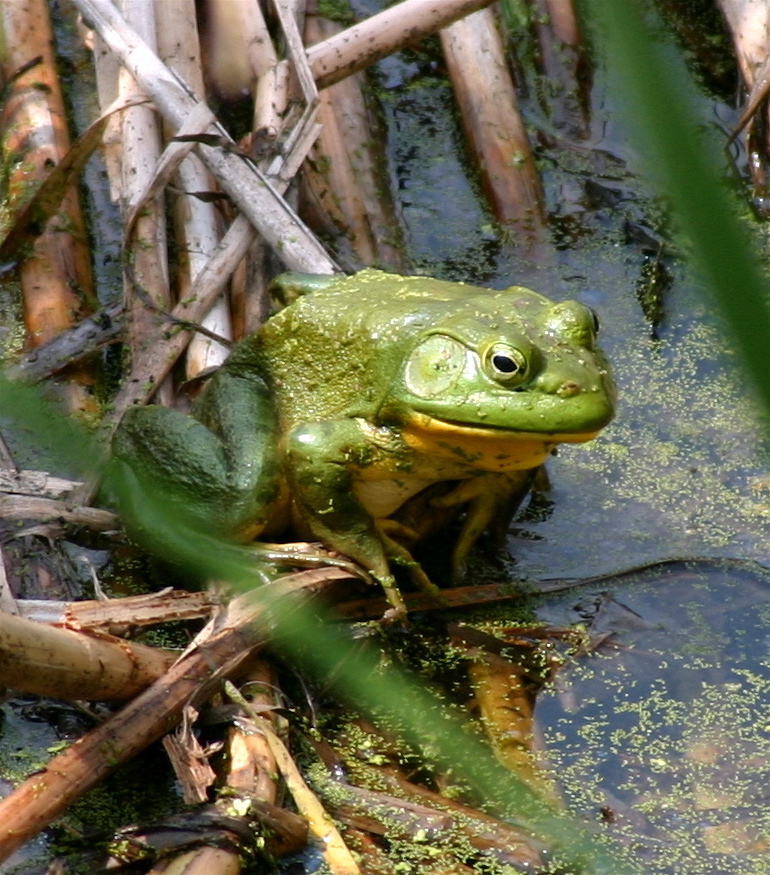Spring is around the corner! Before we know it, the snow and ice will melt and invasive American bullfrogs will emerge from their winter hibernation. Early detection of invasive bullfrogs is key in saving our native frogs! We are looking for your help finding American bullfrogs in the Kootenay region. You don’t need to be a biologist to ID these robust frogs as they possess some easy to spot characteristics that set them apart from native BC frogs and toads.
What habitat do American bullfrogs prefer?
- Bullfrogs are very aquatic frogs, they prefer shallow, warm ponds and lakes with lots of vegetation.
- Can be seen in slow streams but prefer standing water.
- They will travel overland (5km/year) to find a new pond to call home.
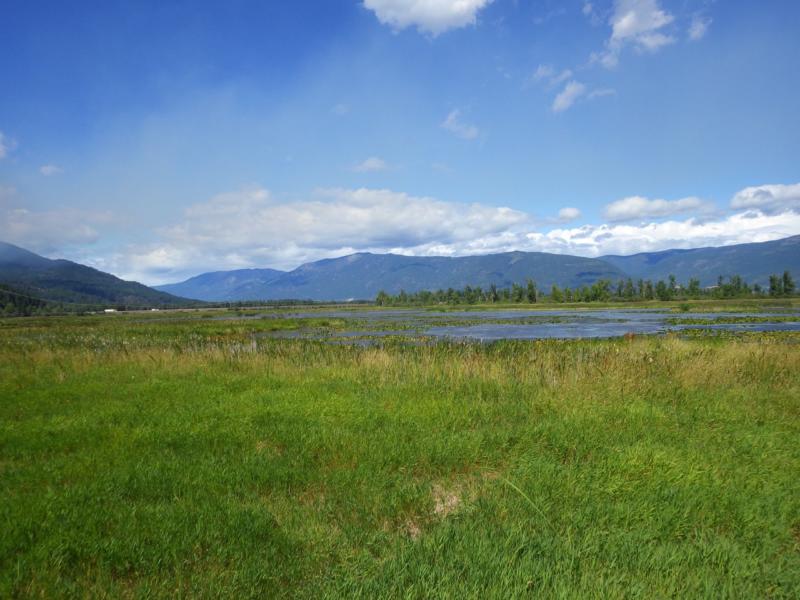
What do American bullfrogs look like?
- #1 way to ID an American bullfrog: mature frogs have eardrums (circular spot behind eye) as big or larger than the eye.
- Smooth back, no ridges.
- A large robust frog reaching up to 20 cm in length and up to 800 g in weight
- Wide flat head and smooth skin with no wrinkles, warts or spikes
- Bullfrogs colour varies from pale green to dark olive and can have brown spots
- Males have bright yellow throats during breeding season whereas females have pale cream to white throats
Click here for our American bullfrog vs native BC frogs ID sheet.
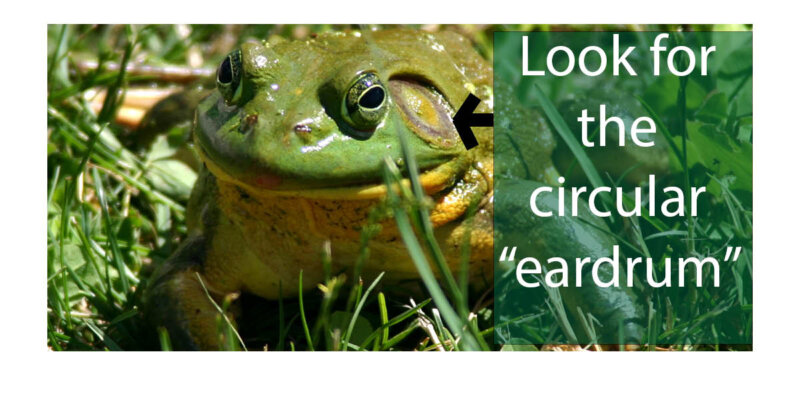
What does an American bullfrog sound like?
Males make a distinct call during mating season, May to August to establish territory and attract females. Click on the link below to listen to it’s unique call.
American bullfrogs egg masses & tadpoles
- Tadpoles are greenish yellow with small spots, growing up to 15 cm, that is WAY bigger than any of our native frogs.
- Bullfrogs have a long tadpole stage; they overwinter 1-2 years in the pond before metamorphosis.

- Bullfrogs breed late May into early August, they lay their eggs as a thin jelly like film floating on the water, with up to 20,000 little black eggs inside.
- It can be trickier to tell the difference between native eggs masses and invasive frog eggs. We ask that you do NOT remove egg masses, as they may be native frogs’ eggs. Simply take a photo and report it, see the bottom of the post for more reporting details.

Why should you report invasive American bullfrogs?
- Bullfrogs prey on and out-compete native frog species, including the endangered Northern Leopard Frog and the protected Pacific Chorus Frog and Columbia Spotted Frog. In addition, they can spread the chytrid fungus, which is responsible for declining amphibian populations.
- Native frogs are an integral part of the food web. Adult frogs eat large quantities of insects, including disease vectors that can transmit illnesses to humans (i.e. mosquitoes/malaria). Frogs and tadpoles also serve as an important food source to a diverse array of predators, including dragonflies, fish, snakes, birds, beetles, and centipedes.
- Native tadpoles keep waterways clean by feeding on algae.
- The disappearance of frog populations results in negative impacts that cascade through the ecosystem!
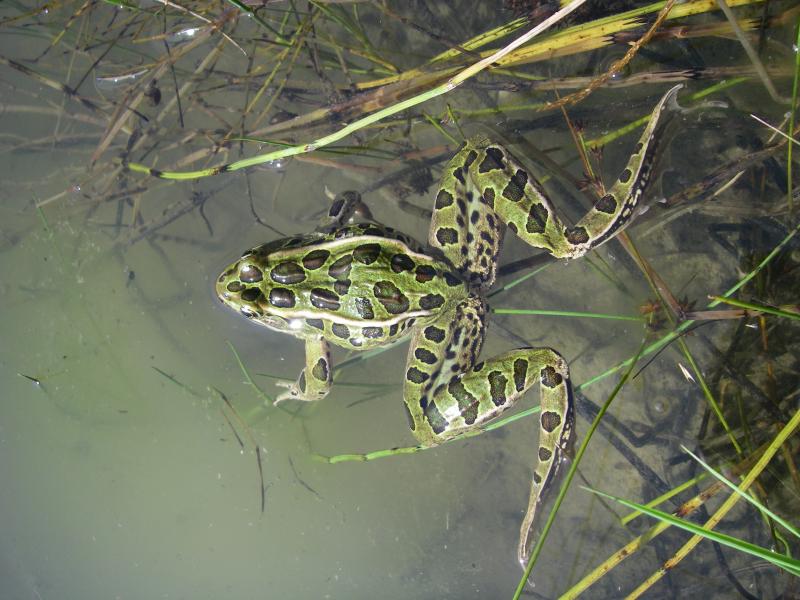
If YOU see or hear a bullfrog report it!
- Phone: 1-250-354-6333
- Email: kootenaybullfrog@gov.bc.ca
If possible, please take a photo and record location details.
DO NOT HARM/ MOVE/CAPTURE ANY FROGS, TADPOLES OR EGG MASSES. Leave this to the experts on the American Bullfrog Action Team. Thanks!
Central Kootenay Invasive Species Society gratefully acknowledges the financial support of the Fish and Wildlife Compensation Program for its contribution to the Northern Leopard Frog Preservation American Bullfrog Control. www.fwcp.ca
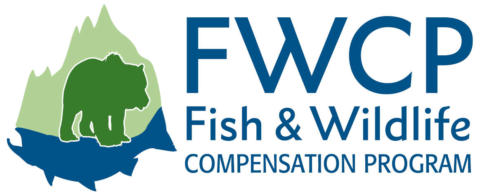
This program is made possible by funding from Columbia Basin Trust, Environmental Damages Fund, and the Province of BC.

